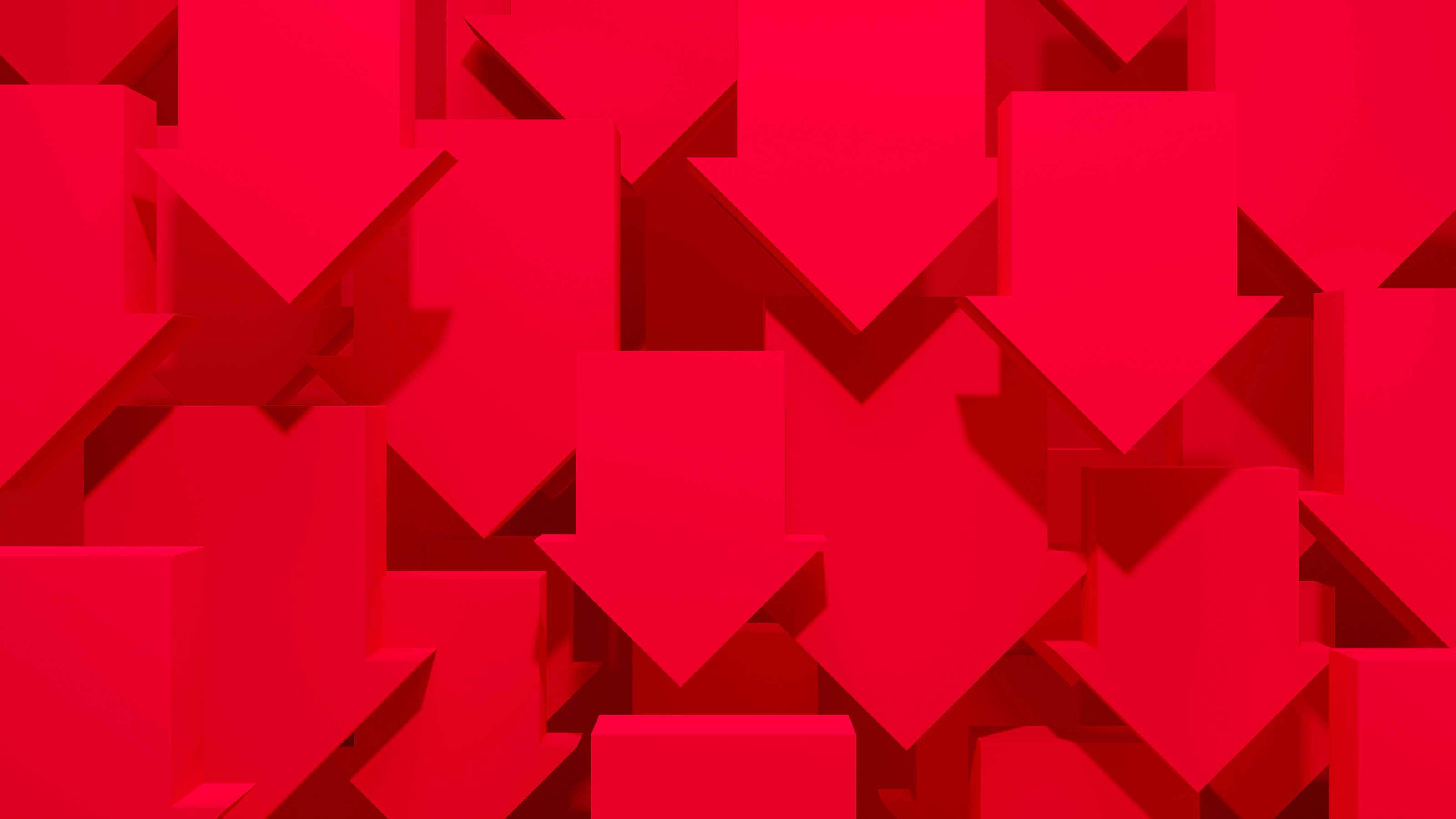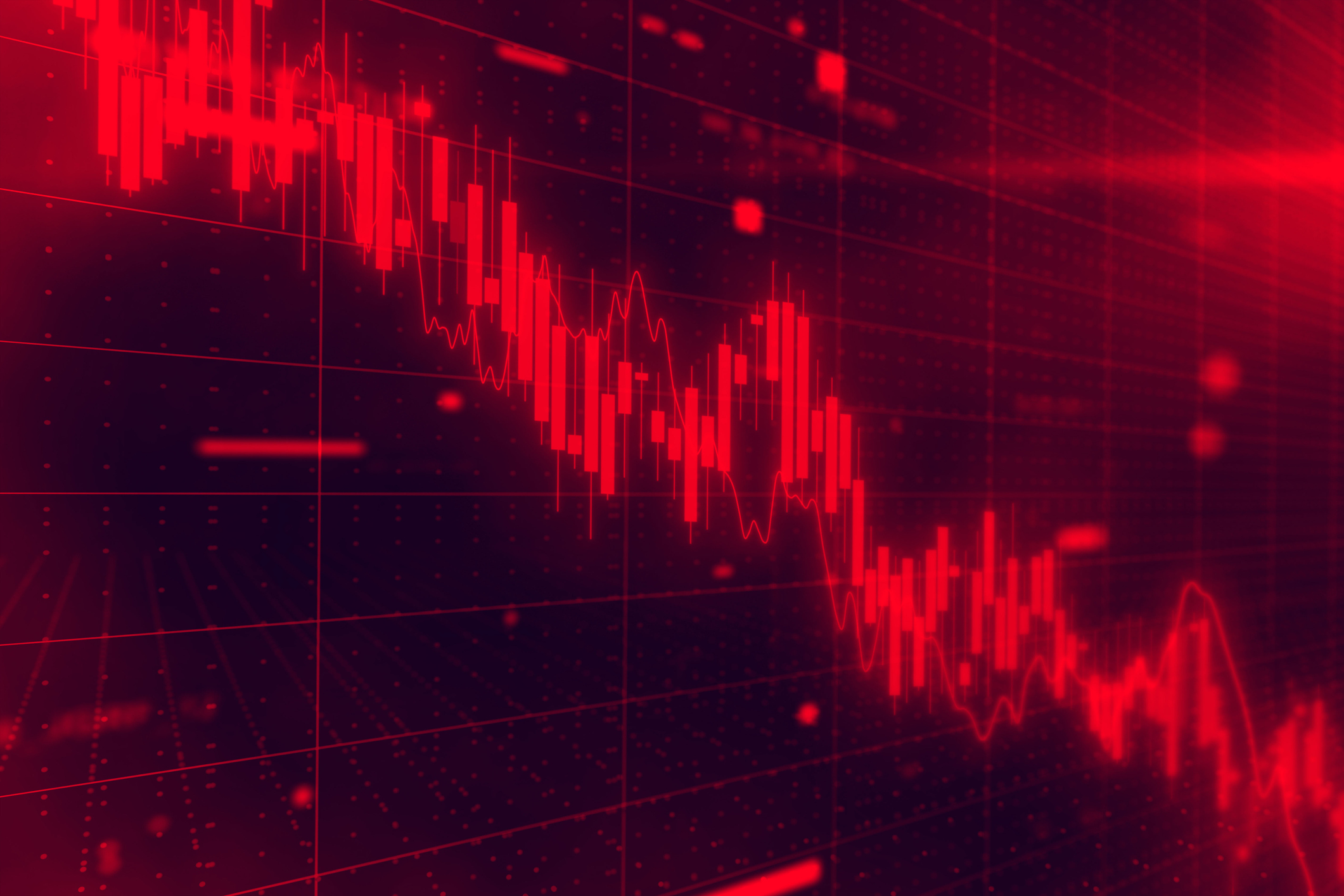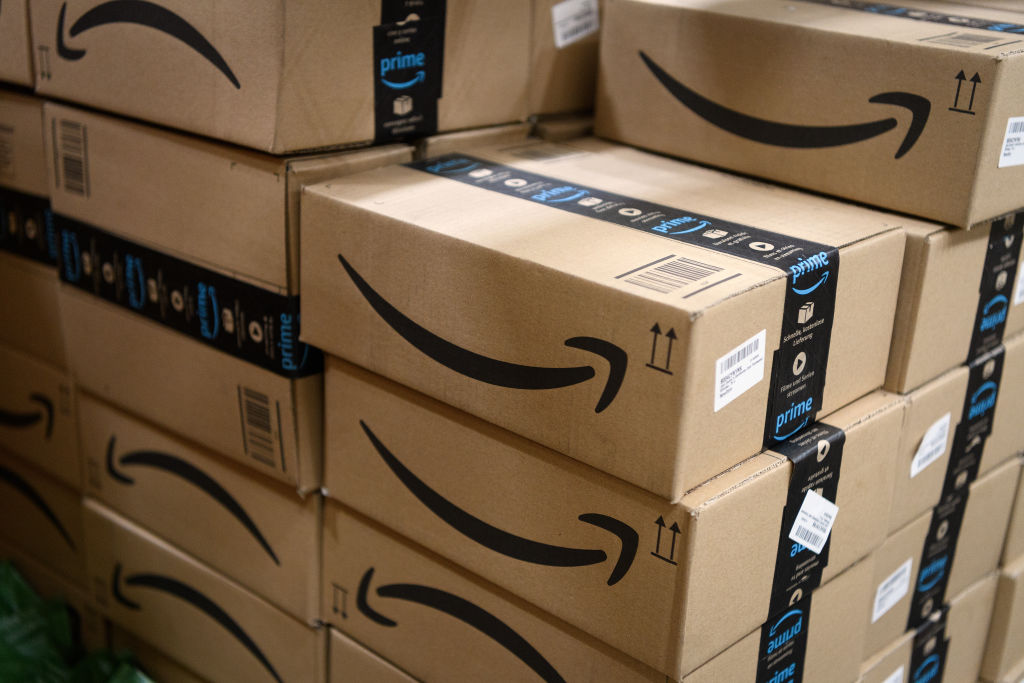Why I Love Investing in Cult Retailers
The best retailers can develop loyal followings, and those dedicated customers are willing to pay premium prices.

“If you like the store, chances are you’ll love the stock,” wrote Fidelity’s Peter Lynch, probably the greatest mutual fund manager of all time. Lynch urged his acolytes (me among them) to buy what they know, especially retailers. Every mall and shopping district is dotted with opportunity.
However, retailing today is in disarray. Department stores are in a state of long-term decline, with sales down by about one-third since 2001. E-commerce sales are rising at a rate of about 16% a year, but few retailers have figured out how to make big money online. Even Amazon.com (symbol AMZN) has lost money in two of the past three calendar years.
Specialty retailers are taking up much of the slack. It is just those specialists, particularly the ones that sell clothing, that I like—mainly because the best of them can develop extremely loyal followings, and those dedicated customers are willing to pay premium prices. Take Anthropologie, a boutique that sells hip women’s clothing and accessories, plus a bit of bedding and furniture, with an updated pre-Raphaelite look that extends to the stores and its Web site. I like just walking around in Anthropologie, which has become the flagship brand for Urban Outfitters (URBN, $46) as the eponymous chain itself has grown a bit tired. The fastest-growing part of the company is Free People, a 102-store chain that sells bohemian attire and has a strong online presence, including a Chinese-language site. Urban Outfitters’ revenues rose 18% in the fiscal year that ended January 31, even though the number of stores stayed the same. (Share prices are as of March 31.)

Sign up for Kiplinger’s Free E-Newsletters
Profit and prosper with the best of expert advice on investing, taxes, retirement, personal finance and more - straight to your e-mail.
Profit and prosper with the best of expert advice - straight to your e-mail.
The best retailers create brands strong enough to develop a moat, which provides protection against competition. Anthropologie’s moat is its distinctive culture—or, rather, cult. Urban Outfitters’ stock isn’t cheap. It recently hit an all-time high of $47, and it boasts a price-earnings ratio of 22, based on the average of analysts’ profit estimates for the year that ends next January. But I am not worried. With all the disruption in the retail business, it’s not hard to imagine sales rising sharply for companies that succeed at selling online, provide great experiences in their stores, and build powerful, unique brands.
Great brand. That brings me to Ralph Lauren (RL, $132), whose 470 clubby stores are quite simply the best shopping environments in the world and whose brand constitutes a wide moat. The stock lost about 25% of its value in the first two months of 2015 after the company reported disappointing revenues and profits. It was the first time in five years that the company failed to make its earnings projections. A big reason for that pessimistic story, however, was the strong dollar, which knocked a few percentage points off sales growth. Over the long term, I expect revenues will keep growing. Meanwhile, Lauren’s Web site has room for improvement, which I consider another plus. The company has minimal debt, a lot of cash and, despite a 6% decline in earnings in the quarter that ended last December 27, it announced a dividend increase in February.
If you’re worried about Ralph Lauren not bouncing back, take a lesson from Lululemon Athletica (LULU, $64), a maker of expensive workout clothes with a cult following. Its shares dropped by more than half between June 2013 and June 2014 after it accidentally manufactured see-through yoga pants. Founder Chip Wilson replaced the CEO with the president of another of my favorites, Tom’s Shoes (alas, owned by a private equity firm, so you can’t invest in it). The stock has rebounded from $37 to $64, but it’s still $17 below its record high. Lululemon’s P/E—33, based on estimated year-ahead earnings—is well above Lauren’s P/E of 18, but Lululemon may have the widest moat I’ve seen. Stop by a store. Its customers are passionate, and Lulu uses scarcity—the best of all economic ploys—to keep its prices up.
LVMH Moet Hennessy–Louis Vuitton (LVMUY, $35), whose name includes that of a champagne vintner and a leather goods purveyor, is the ultimate cult retailer—and wholesaler as well. The Paris-based company comprises a portfolio of more than 70 brands assembled by Frenchman Bernard Arnault. Among them: high-fashion designers Marc Jacobs, Thomas Pink, Donna Karan and Céline; cosmetics chain Sephora; DFS duty-free shops; Bulgari and Fred jewelry stores; French department store La Samaritaine; and its most recent acquisition, Loro Piana, maker of clothes from gorgeous Italian fabrics. LVMH had sales last year of about $35 billion (four times the level of Ralph Lauren), with Asia as its single largest market. It’s highly profitable, and, in a sector with highly volatile stock prices, LVMH’s shares have an eerie steadiness. Since 2011, LVMH’s American depositary receipts have bounced merely between a low of about $27 and a high of about $40.
A smaller French firm with a penchant for collecting luxury brands is Compagnie Financiere Richemont (CFRUY). Its brands include Van Cleef & Arpels jewelry, Piaget and Cartier watches, Lancel leather goods, and Shanghai Tang clothing. Richemont, launched in 1988, is a conservatively managed company with about one-third the sales of LVMH. Revenues have doubled since 2010, and profits have tripled.
An American version of LVMH and Richemont, G-III Apparel Group (GIII, $113), owns several cult brands that are sold in more than 400 retail stores: Vilebrequin, expensive bathing suits in classy, understated stores; G.H. Bass, maker of Weejuns; and Andrew Marc, trendy eyeglasses. It’s a particularly well-run company. Profits rose 43% in the year that ended in January. Again, the stock is not cheap, with a P/E of 22 based on projected earnings.
No funds focus on cult retailers. The best you can do is Fidelity Select Retailing (FSRPX), whose eclectic holdings include G-III; Lululemon; women’s clothing designer, manufacturer and retailer Michael Kors Holdings (KORS, $66), which I’ve recommended in the past; and jeweler Tiffany & Co. (TIF, $88), with 295 stores around the world. But the fund also owns retailers that few would say have cult followings. Among them: Home Depot (HD, $114), which represents 18% of assets, and TJX Cos. (TJX, $70), owner of the T.J. Maxx and Marshalls chains, at 6%. Still, I am a fan of well-chosen retailers in general, and, although Select Retailing’s current manager has been at the helm for less than a year, the fund itself has a long tradition of being run by excellent stock pickers, including Will Danoff, who now heads Fidelity Contrafund.
Select Retailing has delivered sparkling results, returning an annualized 20% over the past five years through March 31. But those gains highlight a possible problem with specialty retailers: Their stocks have done very well lately, benefiting from the upturn in the economy. Clearly, a better time to buy the cults would have been when they were flat on their backs. Urban Outfitters, for example, has tripled since the beginning of 2009. But no one can time the market, and “no regrets” is a good investing philosophy. The best strategy is to buy these companies now, with a view toward buying more if their prices drop, and then holding on for the long term. But, then, that’s a good strategy for all your stock investing.
James K. Glassman, a visiting fellow at the American Enterprise Institute, is the author, most recently, of Safety Net: The Strategy for De-Risking Your Investments in a Time of Turbulence. He owns none of the stocks mentioned.
Get Kiplinger Today newsletter — free
Profit and prosper with the best of Kiplinger's advice on investing, taxes, retirement, personal finance and much more. Delivered daily. Enter your email in the box and click Sign Me Up.

-
 12 Investments No Retiree Should Make
12 Investments No Retiree Should MakeIn retirement, when it's wise to take fewer risks with your nest egg, some investments are just nuts.
By David Rodeck
-
 What the Capital One Discover Merger Means for Your Wallet
What the Capital One Discover Merger Means for Your WalletThe Capital One Discover merger reshapes the credit card landscape and could impact your credit card rewards, interest rates and card perks.
By Paige Cerulli
-
 Stock Market Today: Dow Drops 971 Points as Powell Pressure Ramps Up
Stock Market Today: Dow Drops 971 Points as Powell Pressure Ramps UpPresident Trump is increasing his attacks against Jerome Powell, insisting the Fed chair cut interest rates.
By Karee Venema
-
 The Stock Market Is Selling Off. Here's What Investors Should Do
The Stock Market Is Selling Off. Here's What Investors Should DoInvestors started fleeing the equities market en masse in response to the Trump administration's "jaw-dropping" tariffs. But the experts say don't panic.
By Karee Venema
-
 Stock Market Today: Markets Celebrate Trump's Tariff Détente
Stock Market Today: Markets Celebrate Trump's Tariff DétenteConsumer discretionary stocks led 10 of the 11 S&P 500 sector groups well into the green.
By David Dittman
-
 Stock Market Today: Stocks Skid Into Another Risk-Off Turn
Stock Market Today: Stocks Skid Into Another Risk-Off TurnThe promise of the AI revolution can't overcome flickering hopes for a "Fed put."
By David Dittman
-
 How Amazon Stock Became a Member of the 100,000% Return Club
How Amazon Stock Became a Member of the 100,000% Return ClubAmazon's wide moat is one reason it has generated a 100,000%-plus return for investors over the long haul.
By Louis Navellier
-
 Stock Market Today: Stocks Pop on Time-Delayed Tariffs
Stock Market Today: Stocks Pop on Time-Delayed TariffsAll three major U.S. equity indexes rallied to intraday highs following President Trump's latest trade moves.
By David Dittman
-
 Stock Market Today: Stocks Swing Lower as Inflation Fears Rise
Stock Market Today: Stocks Swing Lower as Inflation Fears RiseThe latest consumer sentiment data showed near-term inflation expectations rose to their highest level since November 2023.
By Karee Venema
-
 Amazon Is the Worst Dow Stock After Earnings. Here's Why
Amazon Is the Worst Dow Stock After Earnings. Here's WhyAmazon stock is at the bottom of the Dow Friday as the e-commerce giant's soft outlook offsets a fourth-quarter beat. This is what you need to know.
By Joey Solitro